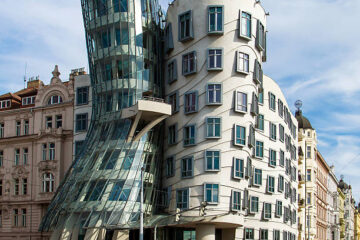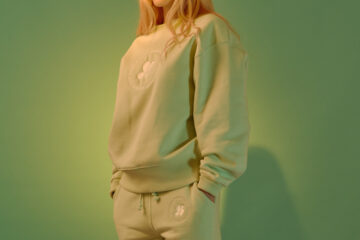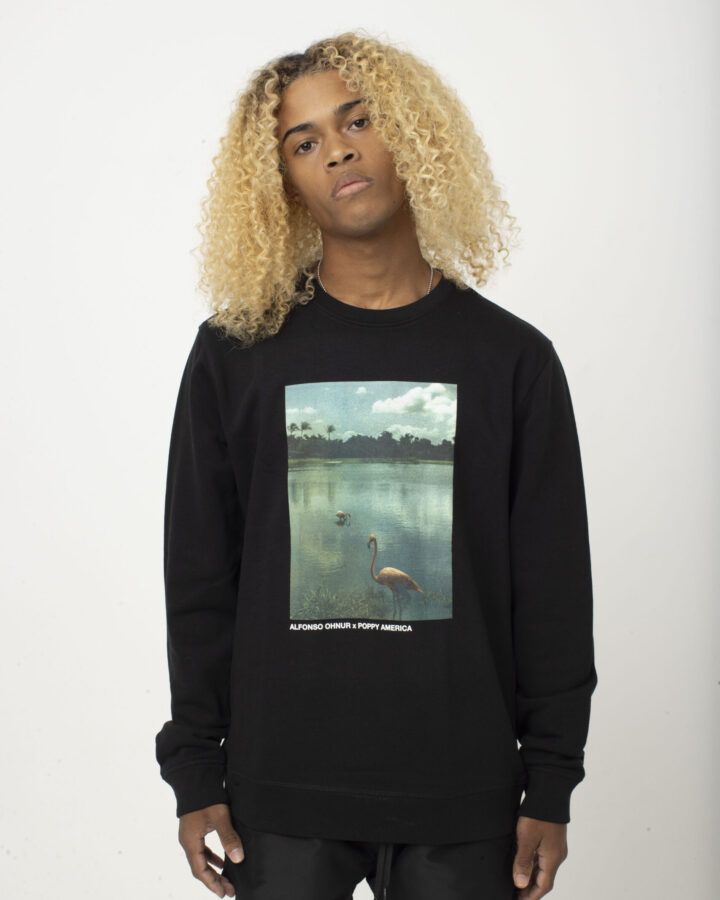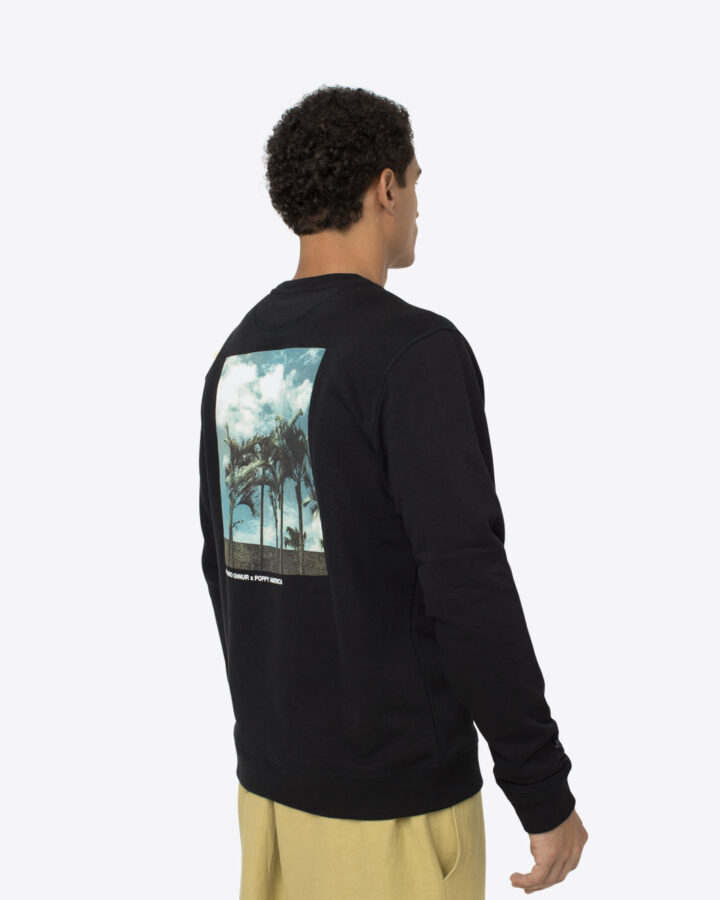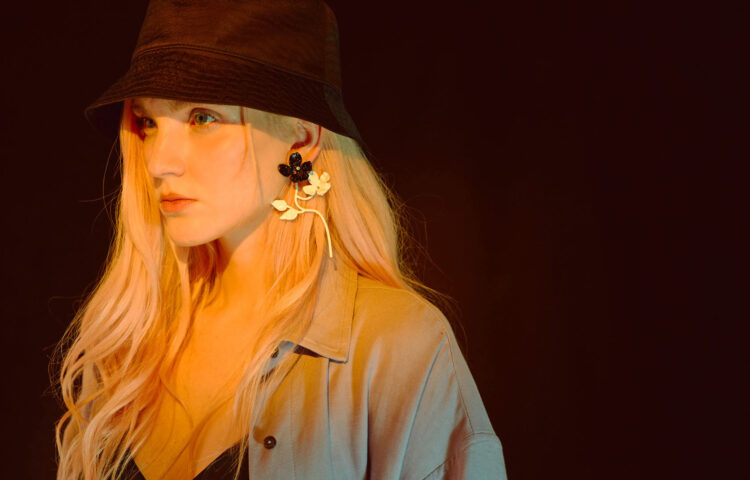
Behind the Seams: Unveiling the Atelier and Creative Direction in Classic Fashion Houses
Introduction:
In the enchanting world of haute couture and luxury fashion, the atelier stands as the beating heart of creativity and craftsmanship. Within classic design houses, the atelier is where dreams are woven into reality, and the process of creative direction orchestrates the harmonious symphony of design. This blog explores the inner workings of an atelier, the intricacies of creative direction, and the key players who collaborate to bring iconic collections to life.
The Atelier: Where Magic Meets Mastery
The atelier is more than a workspace; it is a sanctuary where imagination is given form. It is a haven where skilled artisans, pattern-makers, seamstresses, and embroiderers come together to craft couture pieces with meticulous precision. Here, the finest fabrics are chosen, and each stitch is a testament to the dedication of these craftsmen. The atelier breathes life into a designer’s vision, transforming sketches into three-dimensional works of art.
The Creative Direction: Guiding the Vision
At the helm of a classic fashion house stands the creative director, a visionary leader who shapes the brand’s identity and directs its artistic journey. The creative director is the compass, guiding the design process and setting the overarching theme for collections. This individual embodies the brand’s ethos and ensures that each creation is aligned with its aesthetic narrative.
The Collaborators: Key Players in the Creative Team
Behind every successful creative director is a team of indispensable collaborators who contribute their expertise to the design process. These key players
1. Head of Design: Responsible for translating the creative director’s vision into tangible designs, overseeing pattern-making, draping, and garment construction.
2. Textile and Fabric Experts: These professionals source and curate exquisite fabrics that align with the collection’s theme, ensuring quality, texture, and authenticity.
3. Pattern-Makers: The architects of fashion, pattern-makers create the blueprints for each garment, ensuring precision in fit and structure.
4. Seamstresses and Tailors: These artisans bring patterns to life, meticulously sewing, fitting, and tailoring garments to perfection.
5. Embroiderers: Masters of intricate embellishments, they add the delicate touches that elevate couture to an art form.
6. Accessories Designers: Complementing the clothing, accessories designers create stunning pieces that harmonize with the collection’s aesthetic.
7. Hair and Makeup Artists: Collaborating closely with the creative director, they create beauty looks that enhance the overall presentation and narrative.
8. Photographers and Videographers: These artists capture the essence of the collection through visuals that communicate the brand’s story to the world.
The Creative Process: From Concept to Runway
The creative process within a classic fashion house is a journey of collaboration and inspiration. It begins with the creative director conceiving a theme, drawing from historical references, cultural influences, or abstract concepts. Mood boards, sketches, and fabric swatches come together to form a cohesive vision. The design team interprets this vision, refining silhouettes, detailing, and materials. The atelier then takes over, crafting prototypes, fine-tuning fit, and perfecting construction.
Conclusion: A Tapestry of Artistry
In the realm of classic fashion houses, the atelier is the sacred space where imagination takes form, and the creative director is the visionary orchestrating the symphony. Together, they weave a tapestry of artistry, craftsmanship, and design philosophy that resonates with the brand’s heritage and future. With the combined talents of the creative team, a classic fashion house transforms sketches into garments that embody elegance, innovation, and the timeless allure of haute couture.


